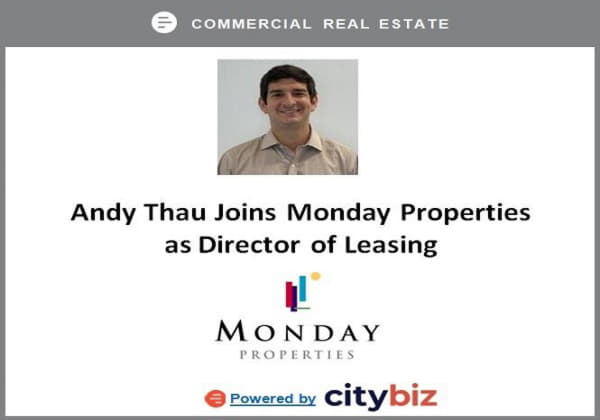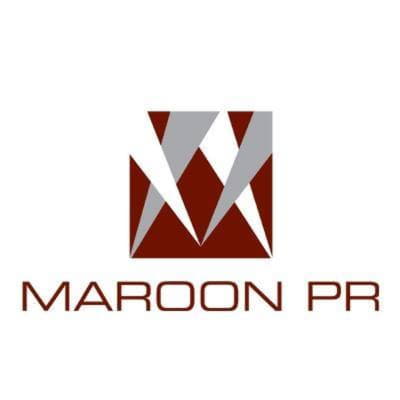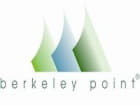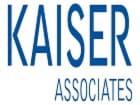
What began as impromptu measures and quick fixes to stop the spread have morphed into semi-permanent structures. Buildings that solely required PPE and makeshift plexiglass barriers are now being upgraded entirely to include new HVAC systems, self-cleaning door handles and spaced coworking layouts. We may be welcoming 2021 with anticipatory arms, but by no means will the changing of the calendar reset our current reality. Many of the precautionary measures the commercial real estate sector adopted as industry norms will be here to stay. Below, the commercial real estate team at the MacKenzie Companies highlights three important trends to look out for as we bid farewell to 2020.
The Commercial Real Estate Realm Eyes Increases in Sublease Spaces
Numerous market trends show that subleasing has spiked amid unpredictable events. Subleasing, which is the act of a tenant leasing out their property to a third party temporarily, has risen in major cities across the country such as New York. This is likely because tenants are looking to save money while offering their workspace to an entity that needs it. Many commercial real estate professionals view this as a temporary trend in response to the times, but it may continue into the new year as tenants proceed with devising interim solutions for cutting down on costs and on space they are not using.
Industrial and Flex Leasing Have Entered the Spotlight
After this unusual holiday season where many leaned on online shopping to accrue gifts for loved ones, we know that e-commerce is only on the uptick. This trend means a greater need for warehousing in order to hold inventory, track goods and ship purchases. Flex and industrial spaces will thus have greater value, which means we will see a greater demand for these spaces in 2021.
Industrial and flex leasing is not solely reserved for e-commerce to uphold inventory management; many who looked for creative solutions amid unpredictable events turned to flex spaces for managing swift grocery and produce delivery services, housing excess storage and reshoring manufacturing. Ultimately, flex properties earned their name for a reason—they are flexible and versatile, just as we have to be during the remainder of the pandemic. That is why these spaces will be depended on more heavily as the new year commences.
A Return to Offices May Be On the Horizon
The voice of the people does not lie: 3 out of 4 people surveyed in a recent study of 2,033 office workers wish to return to the office post-pandemic. Particularly younger workers cite troubles working from home compared to their older counterparts. This can be attributed to an assortment of factors; millennial workers typically focus more on networking and in-person communication as they learn their trade, while many established workers already know their niche well and thus may experience less discomfort working remotely. If 2021 continues to find a vast majority of workers ready and willing to resume their commutes, employers must continue to exercise creative office modifications to make that happen. Spacious offices with more breathing room, less touchpoints and more safety measures will be required, but necessary to allow employees to physically attend work at least on a partial schedule.
Track the Trends For 2021 with The MacKenzie Companies
The trends we are closely following as commercial real estate professionals are largely based on existing market data and patterns we have witnessed in 2020; however, in this day-and-age, the only thing we can accurately predict is that nothing is entirely predictable during a pandemic. We will continue to closely analyze trends and shed our insights as we gain them, and stay ahead of the real estate curve as we all try to flatten the COVID curve. To get in touch with a Maryland commercial real estate expert at the MacKenzie Companie contact us here.















